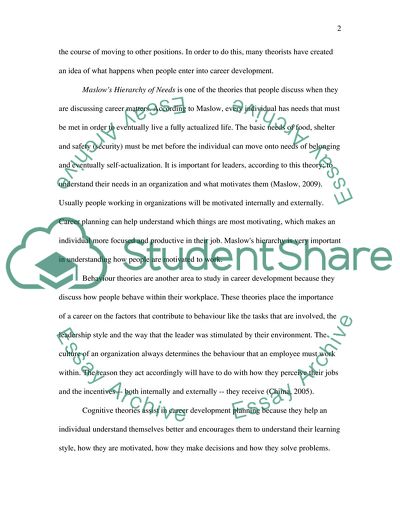Cite this document
(“The effectiveness of ( Career Development Plan) in an organization Essay”, n.d.)
The effectiveness of ( Career Development Plan) in an organization Essay. Retrieved from https://studentshare.org/miscellaneous/1564091-the-effectiveness-of-career-development-plan-in-an-organization
The effectiveness of ( Career Development Plan) in an organization Essay. Retrieved from https://studentshare.org/miscellaneous/1564091-the-effectiveness-of-career-development-plan-in-an-organization
(The Effectiveness of ( Career Development Plan) in an Organization Essay)
The Effectiveness of ( Career Development Plan) in an Organization Essay. https://studentshare.org/miscellaneous/1564091-the-effectiveness-of-career-development-plan-in-an-organization.
The Effectiveness of ( Career Development Plan) in an Organization Essay. https://studentshare.org/miscellaneous/1564091-the-effectiveness-of-career-development-plan-in-an-organization.
“The Effectiveness of ( Career Development Plan) in an Organization Essay”, n.d. https://studentshare.org/miscellaneous/1564091-the-effectiveness-of-career-development-plan-in-an-organization.


